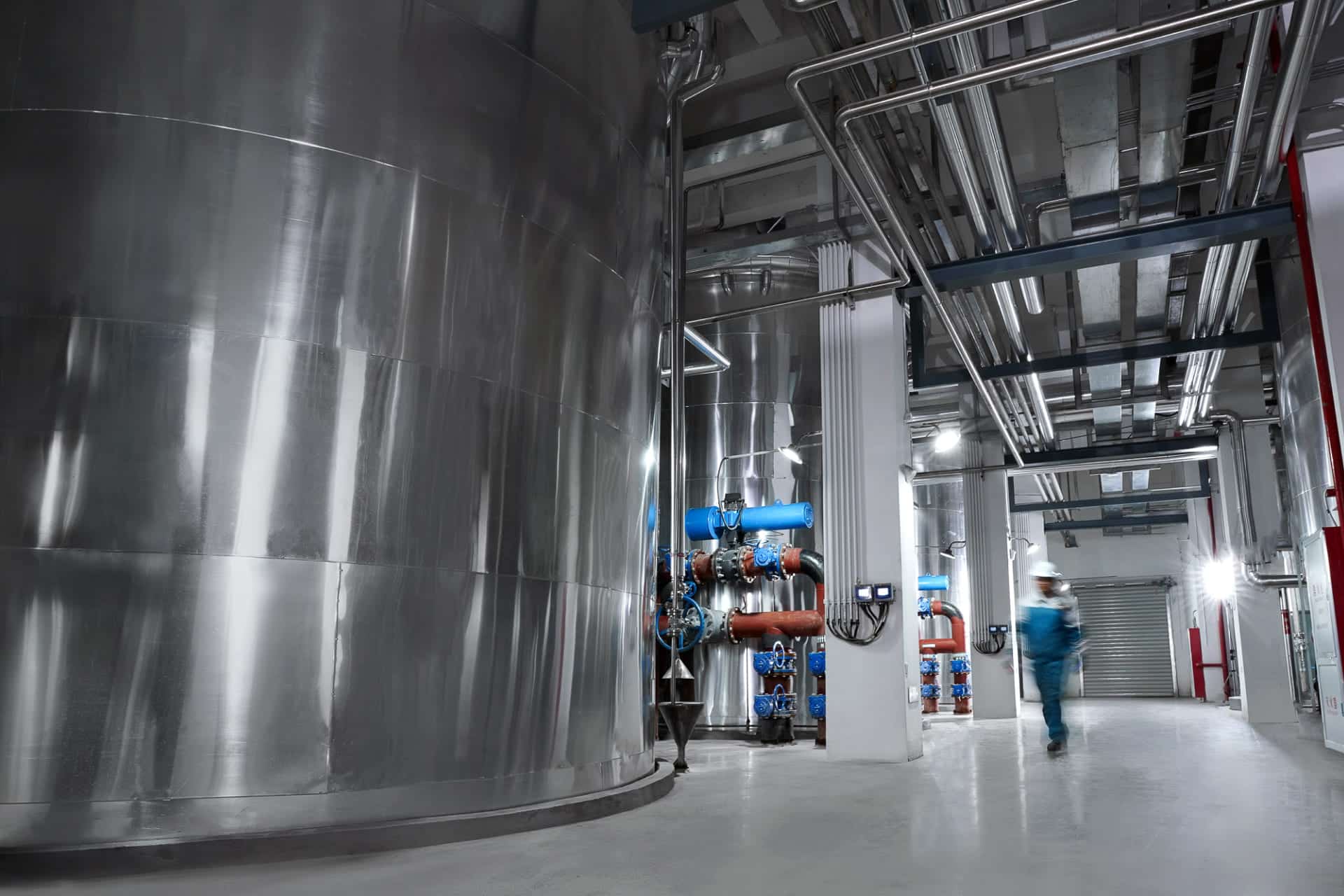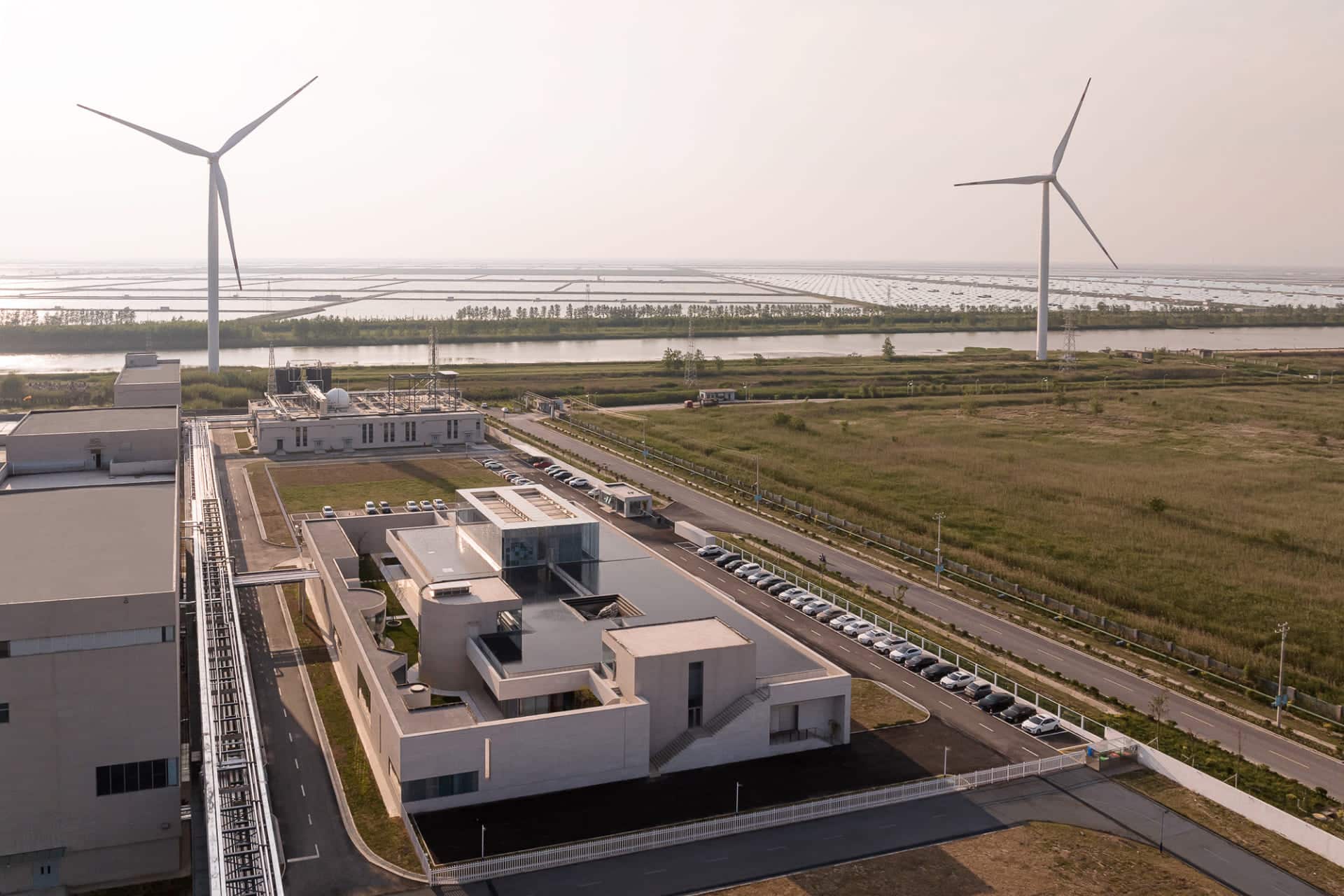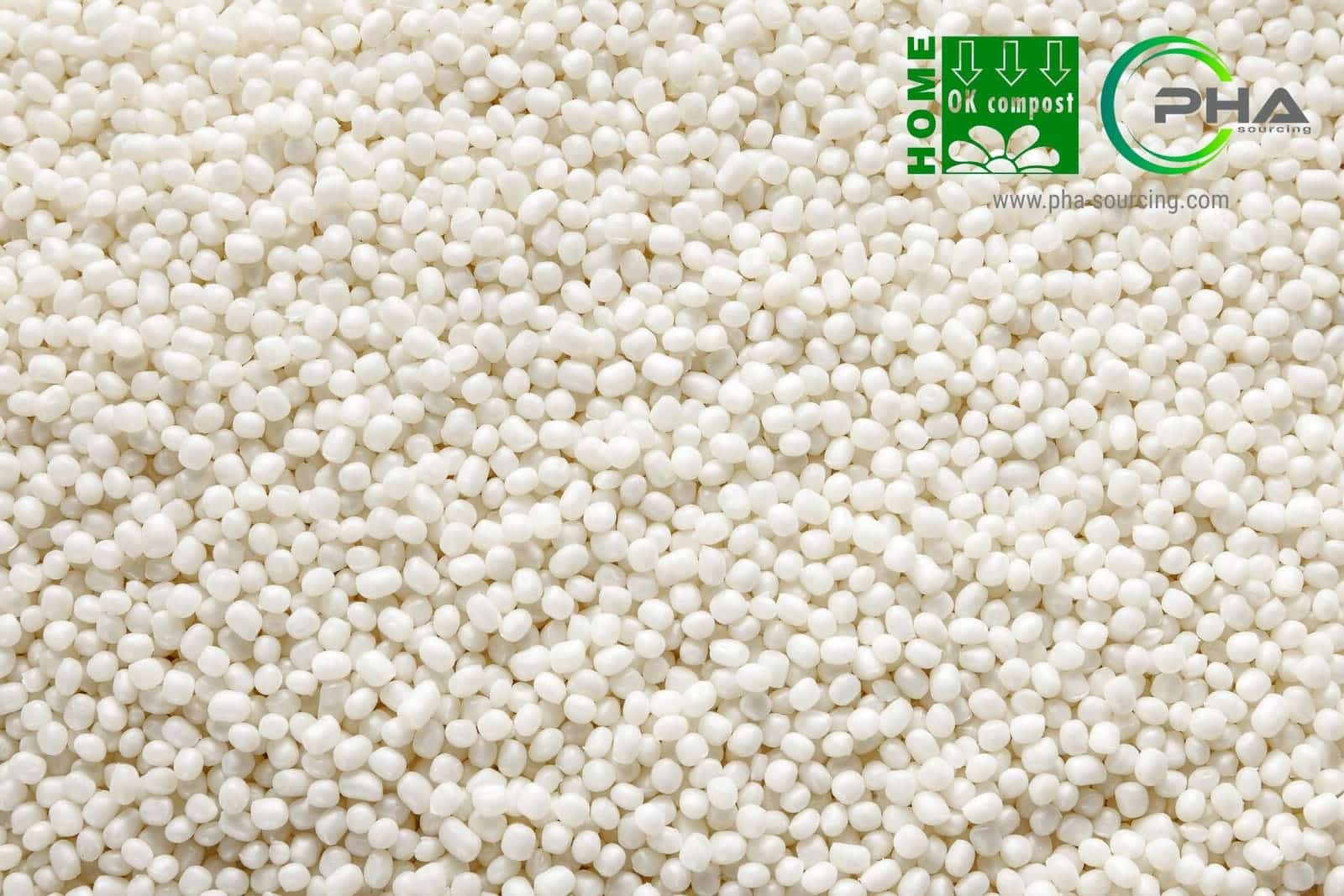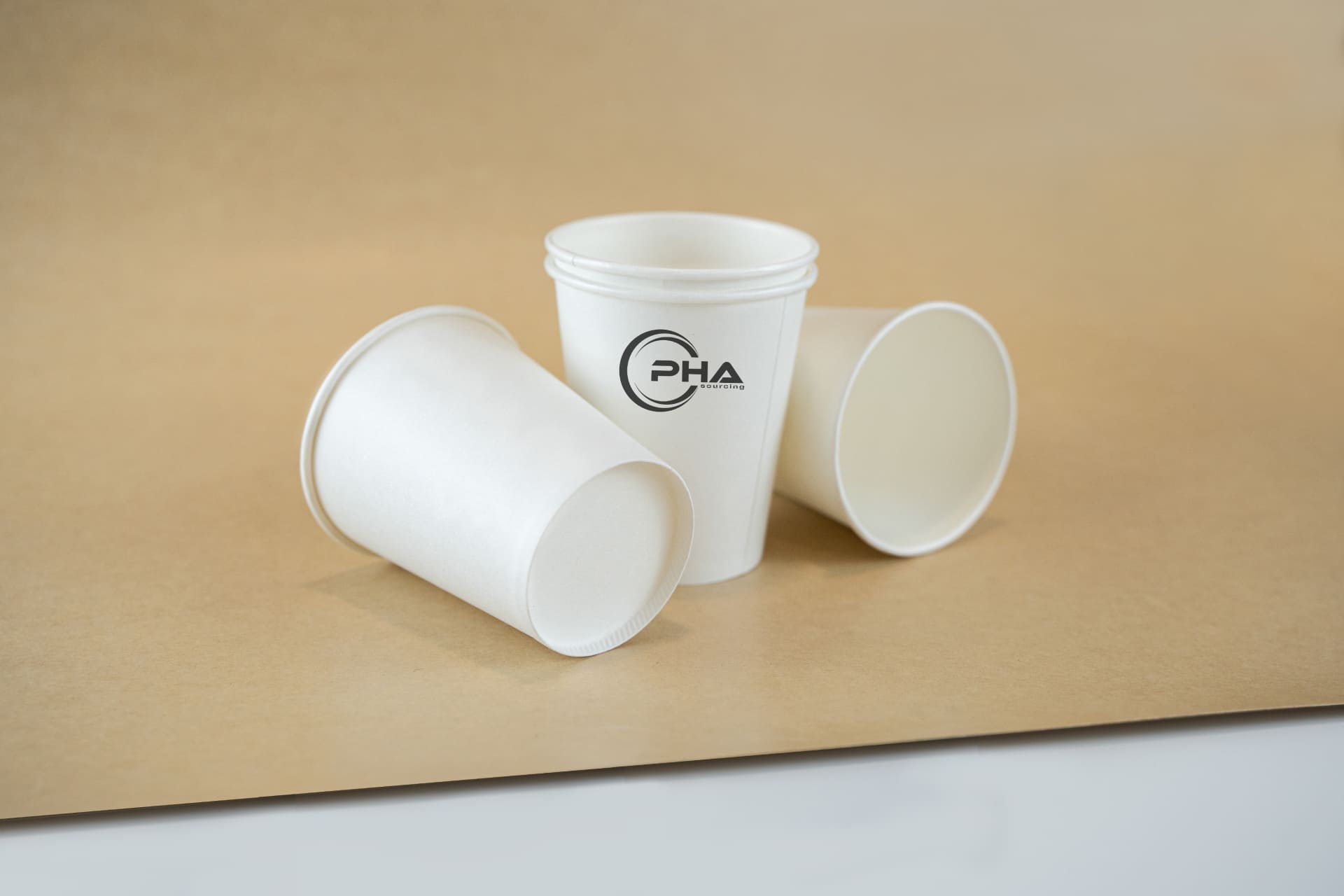Biopolymers are a class of polymers derived from renewable biological sources such as plants, microorganisms, and agricultural byproducts. Unlike traditional plastics made from petroleum, biopolymers are designed to be biodegradable or compostable, reducing their environmental impact. These materials can mimic the versatility and performance of conventional plastics while supporting sustainability goals.
Common types of biopolymers include polylactic acid (PLA), polyhydroxyalkanoates (PHA), and starch-based plastics. These materials are increasingly used across various industries, including packaging, agriculture, healthcare, and consumer goods. Their adaptability and eco-friendly properties make them ideal for addressing the growing demand for sustainable alternatives.
Biopolymers Market Projections and Growth Trends
Revenue Growth and CAGR
The global biopolymers market is expected to reach $47.4 billion by 2032, growing at a compound annual growth rate (CAGR) of X% during the forecast period. This remarkable growth underscores the increasing adoption of biopolymers across various industries and their potential to replace conventional plastics.
The steady rise in demand for biodegradable and renewable materials is driven by heightened environmental concerns and the push for circular economy practices. Industries are recognizing the value of biopolymers not just as a sustainable alternative but as a material capable of meeting performance and safety standards. This dual appeal is fueling widespread adoption and market expansion.
The Dominance of the Packaging Segment
The packaging segment continues to dominate the biopolymers market, accounting for approximately 50% of the market share in 2023. This leadership is driven by rising demand for sustainable packaging solutions, particularly in the food and beverage industry. Biodegradable materials like PLA and PHA biopolymers are widely used due to their compostability and excellent barrier properties.
Single-use packaging, such as food trays, cups, and flexible films, represents a significant portion of this segment. Increasing regulatory pressures to reduce plastic waste have further incentivized manufacturers to adopt biopolymer-based solutions. The packaging segment’s dominance is expected to persist as businesses align with sustainability goals and meet consumer demand for eco-friendly products. This trend highlights the transformative potential of biopolymers in creating a greener future for packaging and beyond.
Use of Biopolymers in Medical Devices
The healthcare sector is emerging as a key driver of biopolymer adoption, particularly in medical devices and equipment. Biopolymers such as PHA and PLA are being used to develop biocompatible and biodegradable medical tools, including sutures, drug delivery systems, and wound care products. These materials offer the dual advantage of being safe for the human body and environmentally sustainable.
With the rising prevalence of chronic diseases and the increasing demand for single-use medical devices, biopolymers are gaining traction as a preferred material. Their ability to decompose naturally reduces medical waste and aligns with stringent health and safety regulations. Moreover, the compatibility of biopolymers with advanced manufacturing techniques like 3D printing has opened new possibilities for customized medical solutions.
Regional Insights into Biopolymers Market Growth
North America and Europe: Leading the Market
North America and Europe continue to dominate the biopolymers market, driven by strong regulatory frameworks and consumer demand for sustainable alternatives. In Europe, initiatives such as the EU Green Deal are pushing industries to adopt renewable raw materials like PHA, which align with the region’s ambitious sustainability goals.
In North America, companies are leveraging government incentives and advanced manufacturing capabilities to scale biopolymer production. Industries such as healthcare, packaging, and agriculture are rapidly adopting materials like PHA biopolymers to reduce their environmental impact and comply with evolving regulations. These regions set the benchmark for sustainability, offering insights into how biopolymers can drive global change.
Asia-Pacific: Emerging Opportunities
The Asia-Pacific region is rapidly becoming a significant player in the biopolymers market. With expanding manufacturing capabilities and increasing environmental awareness, countries like China, India, and Japan are investing heavily in biodegradable materials. PHA is gaining particular traction due to its versatility and suitability for applications in packaging and consumer goods.
Government-backed initiatives in the region are accelerating the adoption of bioplastics, particularly in sectors like agriculture and single-use products. As infrastructure for composting and recycling improves, Asia-Pacific is poised to become a key contributor to the global biopolymers market. This growth represents an opportunity for industries to expand their operations and embrace sustainable practices in emerging markets.
Competitive Landscape: Key Players in the Biopolymers Market
Leading Companies in PHA Production
The biopolymers market is highly competitive, with several key players leading advancements in PHA production. Bio-on, a pioneer in the field, has focused on developing high-performance PHA materials from renewable sources, particularly targeting applications in cosmetics, packaging, and agriculture. Similarly, Danimer Scientific has made significant strides by offering biodegradable PHA resins, widely adopted in the food packaging and single-use products industries.
Futerro has emerged as another major player, leveraging innovative fermentation processes to produce PHA materials tailored for industrial applications. Total Corbion PLA, while specializing in PLA, has also expanded its expertise in biodegradable solutions, bridging the gap between performance and sustainability. Phaerista, a rising competitor, has gained attention for its focus on scalable production methods, making PHA more accessible to a broader range of industries.
These companies are driving the evolution of the biopolymers sector, setting benchmarks for innovation, scalability, and environmental impact. However, challenges such as high production costs and limited industrial composting infrastructure remain barriers. Despite this, the competitive landscape is thriving, with continuous advancements pushing the boundaries of what is possible with PHA and other biopolymers.
How PHA Sourcing Positions Itself in the Market
PHA Sourcing differentiates itself as a strategic intermediary in the biopolymers market, offering businesses a seamless connection between supply and demand. Unlike manufacturers who primarily focus on production, PHA Sourcing excels at understanding the specific needs of industrial clients and sourcing tailored PHA-based solutions that meet their requirements.
The company’s extensive network and market knowledge enable it to provide competitive pricing and reliable supply chains, addressing common pain points such as inconsistent material availability or limited product customization.
Additionally, PHA Sourcing stands out through its commitment to sustainability and innovation. By aligning with global sustainability goals, the company not only supports businesses in achieving regulatory compliance but also enhances their reputation as eco-conscious leaders in their respective industries. Through its expertise in market dynamics and its ability to bridge the gap between innovation and industrial application, PHA Sourcing positions itself as a key player in the growing biopolymers market.
Biopolymers and PHA: A Sustainable Future
Role of PHA in Biopolymer Applications
Polyhydroxyalkanoate (PHA) is emerging as a cornerstone in biopolymer applications due to its unique properties. Derived from renewable raw materials, PHA is biodegradable, compostable, and versatile, making it suitable for a wide range of industries. From PHA biopolymers used in food packaging to medical-grade materials for healthcare, PHA exemplifies the potential of sustainable solutions.
One of the key advantages of PHA is its ability to decompose naturally in diverse environments, including marine settings. This characteristic addresses the global issue of plastic pollution while providing industries with a material that meets both functional and environmental requirements.
Advancing Sustainability with Biopolymers
Biopolymers, including PHA, play a vital role in advancing global sustainability efforts. By reducing dependence on fossil-based plastics and introducing materials that integrate seamlessly into composting systems, biopolymers contribute to a circular economy. Their adoption not only reduces waste but also supports industries in meeting increasingly stringent environmental regulations.
As innovation continues to drive the biopolymers market, the potential for widespread adoption grows. Companies investing in PHA and other biopolymers position themselves as leaders in sustainable manufacturing, addressing both consumer demand and environmental responsibility. These materials represent the future of eco-friendly industries, fostering a balance between economic growth and ecological preservation.





